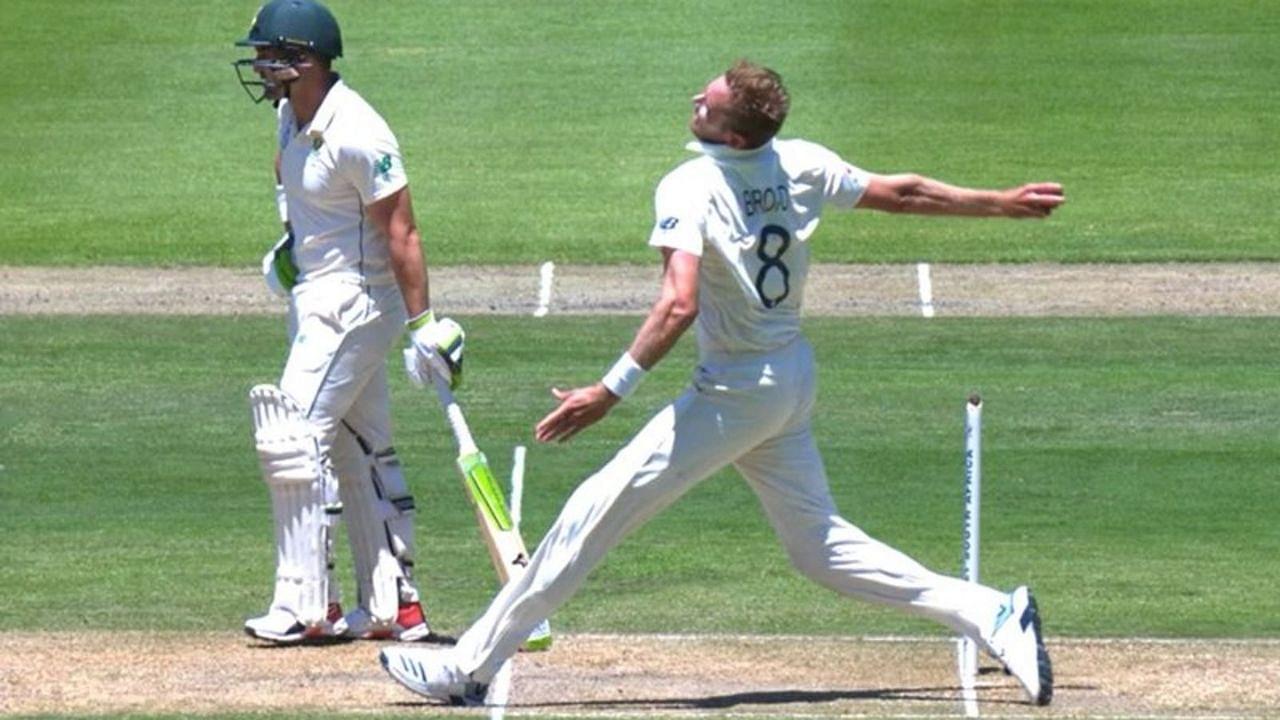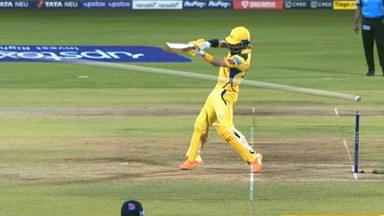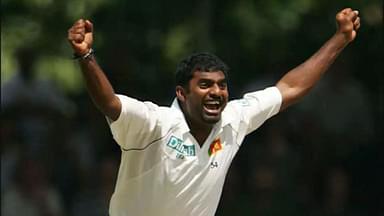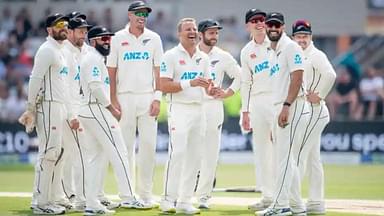Is there free hit in Test cricket: The advent of free-hit in cricket has come as a bonus run-making opportunity for batsmen.
Advertisement
It was more than a decade ago when the free-hit was introduced in international cricket. Having initially come into limelight as a byproduct of T20 cricket, penalising the bowler for bowling a no-ball soon found a place in ODIs as well.
The concept was introduced in the 50-over format at the highest level in October 2007 when the ICC (International Cricket Board) had clarified that the bowler would be penalised for not only front-foot no-balls but all foot no-balls.
As the title suggests, a batsman is allowed to play any shot without the risk of getting out on a free-hit with modes of dismissals such as run-out, handling the ball, hitting the ball twice and obstructing the field falling under exceptions.
Is there free hit in Test cricket?
It was eight years later in 2015 that all types of no-balls used to result in free hits adding to the bowlers’ woes in limited-overs cricket. If the free-hit results in another no-ball or a wide ball, the batsman is bound to receive another free hit.
As far as cricket’s ancestral format in Test cricket is concerned, there is no allowance of a free-hit in red-ball cricket. Therefore, irrespective of what kind of no-ball a bowler bowls, a batsman won’t get a free-hit on the following delivery. Having said that, the bowler will have to re-bowl the delivery and a run would be added to the batting total.
ALSO READ: How long are lunch and tea breaks in day-night Tests?
For example, India pacer Navdeep Saini bowled a waist-high full toss to Australia’s Mitchell Starc in the first innings of the ongoing third Test match in Sydney. While the debutant bowler had to reload with respect to the delivery, Starc didn’t get any free hit on the following delivery.





